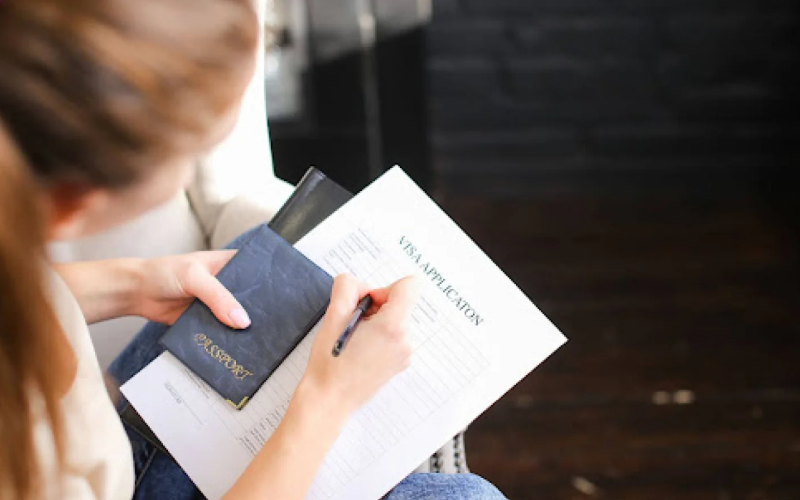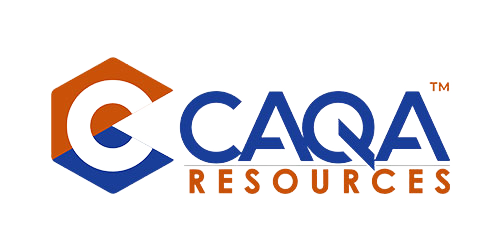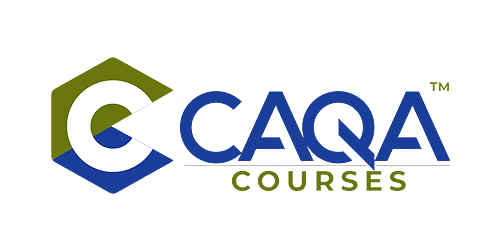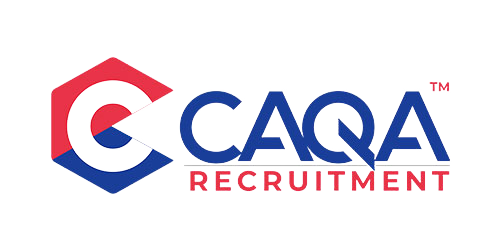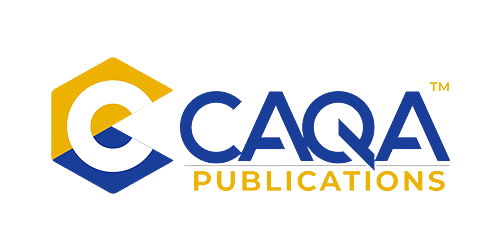In a significant move to address the ever-increasing demand for visas from Indian travellers, the United States Mission to India has announced the release of 250,000 additional visa appointments. This expansion covers a broad range of categories, including tourist, skilled worker, and student visas, and is aimed at reducing the time it takes for applicants to secure interviews—a crucial factor in sustaining the robust people-to-people connections between India and the US. The initiative underscores the strengthening ties between the two countries, as the US continues to position itself as a top destination for Indian students, professionals, and tourists.
A Record-Breaking Year for Indian Travellers
According to data from the US Embassy, more than 1.2 million Indians travelled to the United States in 2024 alone, representing a 35% increase compared to the same period in 2023. This surge is a testament to the growing bilateral relationship between India and the US, as well as the aspirations of Indian students and professionals to seek educational and career opportunities abroad. The demand for visas is at an all-time high, with the US Mission processing over a million non-immigrant visa applications for the second consecutive year.
The announcement of additional visa appointments reflects the urgency of meeting this demand. Nearly six million Indians currently hold non-immigrant visas, including student, work, and tourist visas. The mission processes thousands of visa applications daily, underscoring the importance of streamlined operations to cater to the growing demand, particularly among students and skilled workers.
Student Visas: A Major Driver of Demand
The United States has historically been a top destination for Indian students pursuing higher education abroad. In the summer of 2024, US consulates across India processed a record number of student visa applications, ensuring that every first-time applicant secured an interview appointment. This achievement highlights the commitment of the US government to prioritise educational exchanges, recognising the crucial role that Indian students play in the US education system.
Indian students now represent one in every ten US visa applicants globally. This statistic is a clear reflection of the attractiveness of the US as an educational hub, offering unparalleled opportunities for learning, research, and career advancement. The increasing number of Indian students pursuing higher education in the US is a key driver behind the visa surge, as more individuals seek to gain advanced qualifications in fields such as technology, engineering, medicine, and business.
Over the past year, consulates in India processed 140,000 student visas, and the demand shows no signs of slowing down. As the US remains a top choice for Indian students, the importance of efficient visa processing cannot be overstated. The release of additional appointments is expected to ease some of the pressure, making it easier for students to access the educational opportunities they seek.
Addressing Visa Backlogs and Delays
One of the key issues that the US Mission has been grappling with is the backlog of visa applications, a problem that was exacerbated by the COVID-19 pandemic. At its peak, wait times for visitor visa appointments stretched to over 1,000 days, frustrating travellers and causing disruptions to plans for study, work, and tourism.
In response, the US Mission has made significant strides in reducing these wait times. In 2023, the US processed more visas in India than ever before, cutting down the average wait time for visitor visa appointments by an impressive 75%. As of 2024, the average wait time has been reduced to 250 days, a marked improvement from the delays experienced just a year ago.
US Ambassador to India, Eric Garcetti, has emphasised the importance of improving the visa process as part of a broader effort to strengthen the US-India relationship. He credited the consular teams for their tireless work in meeting the growing demand, particularly in processing student visas and reuniting families separated by long visa delays. According to Garcetti, “Prime Minister Narendra Modi and President Joe Biden set an ambitious goal to improve and expedite the visa process, and I’m proud to say that we have delivered on that promise.”
The Challenges of Securing a US Visa
Despite recent improvements, obtaining a US student or work visa remains a challenging task for many applicants. The increasing competition for visa slots, especially during peak seasons, continues to pose significant hurdles. While the release of 250,000 additional appointments is a welcome development, it is unlikely to fully resolve the underlying challenges that visa applicants face.
For students in particular, the process of securing a visa can be daunting. In addition to competing for interview slots, students must navigate a complex application process that includes submitting extensive documentation, proving financial stability, and undergoing rigorous interviews. The uncertainty of visa approvals adds another layer of stress for students who are eager to begin their studies in the US.
Skilled workers face similar challenges, particularly in fields like technology and healthcare, where the demand for US work visas often outpaces supply. Many professionals hoping to secure an H-1B visa must go through a lottery system that limits the number of available visas each year. This means that even qualified applicants may find themselves without a visa due to the sheer volume of applications.
The additional visa appointments announced by the US Mission are expected to help alleviate some of these issues, but there is still work to be done to ensure that the visa process is as efficient and accessible as possible.
Economic Impact of Visa Policies
The economic implications of visa policies cannot be ignored. Indian students and professionals contribute significantly to the US economy, and delays in visa processing can have a ripple effect on both countries. In 2024, Indian nationals were the second-largest group of international students in the US, with many of them pursuing advanced degrees in STEM fields, which are critical to the growth of industries like technology, engineering, and healthcare.
Indian students alone contribute billions of dollars to the US economy each year through tuition fees, living expenses, and other expenditures. Similarly, skilled workers from India are key contributors to the US labour market, particularly in sectors like technology, where they fill critical skills gaps.
As the US government continues to implement visa policies, it is essential to recognise the broader impact that these decisions have on the economy and on international relations. Streamlined visa processes not only benefit individuals but also strengthen the economic ties between the US and India, fostering greater collaboration and exchange in areas like education, technology, and business.
The Path Forward
The US government’s recent announcement of 250,000 additional visa appointments is a step in the right direction, but it is only part of the solution. As demand for visas continues to grow, particularly among students and skilled workers, there is a need for ongoing improvements to the visa process. This includes reducing wait times, simplifying application procedures, and ensuring that the system can accommodate the needs of travellers from India and other countries.
For Indian students and professionals, the US remains a top destination for education and career opportunities. However, the challenges of securing a visa can sometimes overshadow the benefits of studying or working abroad. By addressing these challenges head-on, the US can continue to position itself as a welcoming destination for the best and brightest from around the world.
The release of 250,000 additional visa appointments by the US Mission to India is a welcome development that will help meet the growing demand for travel, study, and work opportunities in the United States. As more Indian students and professionals seek to build their futures abroad, it is crucial that the visa process is efficient, transparent, and accessible.
While progress has been made, there is still work to be done to ensure that the visa system can keep pace with the increasing demand. By investing in improvements to the visa process, the US can strengthen its ties with India and ensure that the benefits of educational and professional exchange continue to flow in both directions. As Ambassador Garcetti rightly noted, the relationship between India and the US is built on people-to-people connections, and ensuring smooth access to visas is a key part of maintaining this vital partnership.


